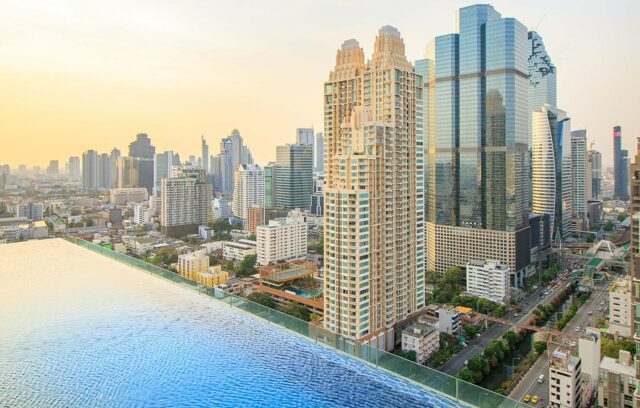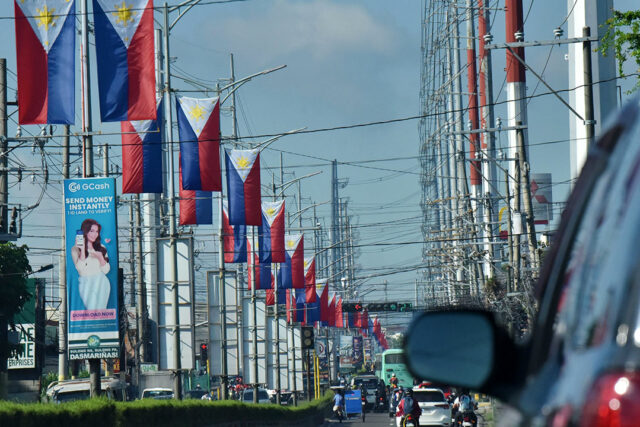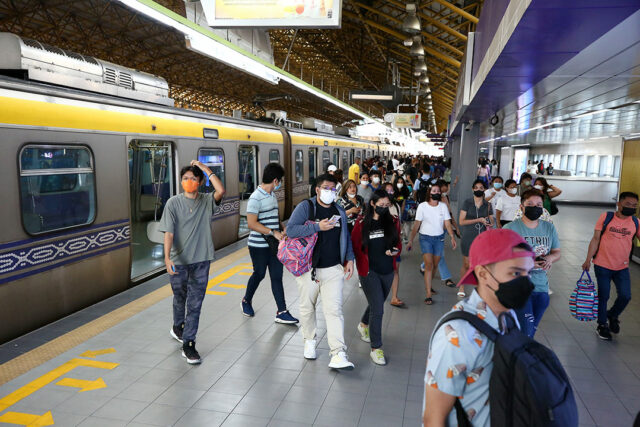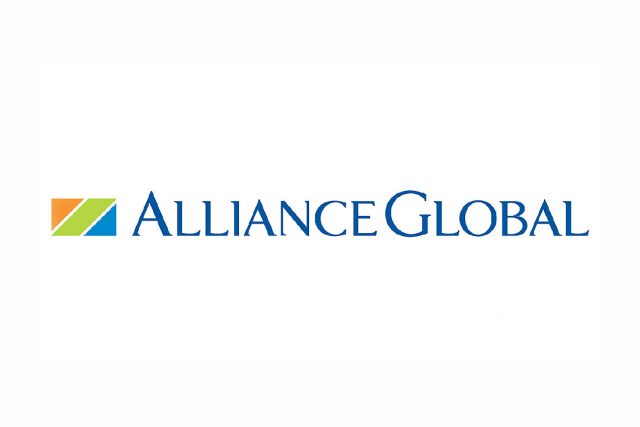China’s Xi in US for high-stakes Biden summit, APEC
SAN FRANCISCO – Chinese President Xi Jinping began his first visit to the United States in six years on Tuesday, after President Joe Biden said he aimed to restore normal communications with Beijing and his top diplomat stressed the need for freedoms that Washington says Beijing is undermining in the Asia-Pacific region.
Mr. Xi is on his first visit to the US since 2017. He is due to meet Biden at an undisclosed location in the San Francisco Bay Area on Wednesday morning and then attend the annual summit of the Asia Pacific Economic Cooperation (APEC) forum.
Mr. Xi’s summit with Biden will be the first face-to-face meeting between the US and Chinese leaders in a year and has been billed by US officials as an opportunity to reduce friction in what many see as the world’s most dangerous rivalry.
Mr. Xi waved from the steps of his Air China plane upon arrival and descended to meet US officials on the tarmac, including Treasury Secretary Janet Yellen and US Ambassador to China Nicholas Burns.
He then got into his Chinese Hongqi, or “Red Flag,” limousine and departed the airport into San Francisco, where demonstrations are expected both for and against his visit.
Less than two hours earlier, US Secretary of State Antony Blinken addressed ministers of the 21-member APEC and stressed the US believed in “a region where economies are free to choose their own path … where goods, ideas, people flow lawfully and freely.”
Mr. Blinken did not mention China by name, but his language echoed US rhetoric in recent years in which Washington has accused China of bullying smaller countries in the Indo-Pacific and trying to undermine what the US and its allies call the “rules-based” order.
US Trade Representative Katherine Tai, who with Mr. Blinken opened the APEC ministerial session, said the San Francisco meeting came at a time of “great uncertainty and challenges” for the region. She noted increasing geopolitical tensions, fragile supply chains and a worsening climate crisis.
Earlier, Mr. Biden said he aimed to improve the relationship with China after a period of strained ties and would seek to resume normal communications between the two superpowers, including military-to-military contacts.
White House national security spokesperson John Kirby told reporters that Mr. Biden and Mr. Xi would also talk about the Israel-Hamas conflict in Gaza as well as US efforts to support Ukraine in its fight against the Russian military.
Economic issues will be high on the agenda.
Mr. Biden said the US does not want to decouple from China, but wants to change the economic relationship for the better.
His administration has made a push to “de-risk” some critical US supply chains from China as the two countries’ economic and military competition has grown.
CONCERNS ABOUT A SHOWDOWN
Mr. Biden has been careful to assure countries in the region, including China, that the US does not seek complete economic separation, a notion that has fueled concerns among Washington’s partners and allies of a superpower showdown that would upend the global economy.
China severed military-to-military contacts with the US after then-House of Representatives Speaker Nancy Pelosi visited democratically governed but Chinese-claimed Taiwan in August 2022.
Restoring the contacts is a top US goal to avoid miscalculations between the two militaries.
Washington also hopes for more cooperation from Beijing in combating production of the potent synthetic opioid drug fentanyl, which has become a scourge in the United States and particularly in San Francisco.
Sino-US relations worsened after Mr. Biden ordered the shooting down in February of a suspected Chinese spy balloon that flew over the United States.
Top Biden administration officials have since visited Beijing and met with their counterparts in an effort to rebuild communications and trust.
Several hundred mostly pro-China demonstrators carrying Chinese flags gathered outside the Chinese delegation’s hotel ahead of Xi’s arrival in the US.
Larger protests, including by rights groups critical of Mr. Xi’s policies in Tibet, Hong Kong and toward Muslim Uyghurs, are expected near the summit venue on Wednesday.
As Mr. Biden arrived in San Francisco, shortly before Mr. Xi was due to land, dueling demonstrators greeted the US president’s motorcade from the airport. Some waved Chinese flags and held banners calling for “kindly” and “warm” US-Sino ties. Others held signs condemning the Chinese Communist Party.
Earlier on Tuesday, a small aircraft flew circles over the APEC summit venue in downtown San Francisco, trailing a banner that read, “END CCP FREE CHINA FREE HK FREE TIBET FREE UIGHUR,” referring to China’s treatment of Uyghurs, which the Biden administration calls “genocide.” – Reuters












